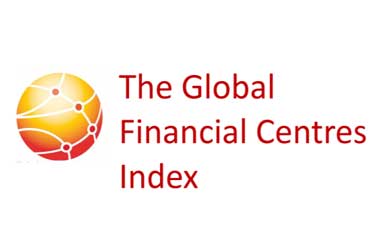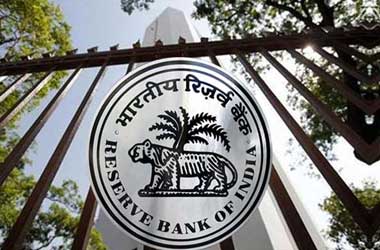
Published twice a year since 2007, the Global Financial Centres Index (GFCI) lists the top financial centres of the world, which is a great indicator of economic movement worldwide. The GFCI first started in 2007 and since then releases its list twice in a year.
The GFCI is a result of a collaboration between Z/Yen, a think tank based in London, and the China Development Institute, a Chinese think tank focused on public policy. The index initially started out with four financial centres and has now reached 100 listed centres.
Phenomenal Growth
The list started off with the four leading financial centres in 2007. This included Paris, London, New York, and Frankfurt. These four are still near the top, with London and New York fighting for the top spot. For the 2018 lists, New York has been the winner though this can be mostly blamed on London facing the threat of Brexit.
However, the general movement on the GFCI is also indicative of the world’s leaning towards Asia for growth. In the listing, Hong Kong is only three points behind London, while Shanghai has beat out Tokyo to take the fifth place. An additional movement is Beijing entering the top ten. Experts are already expecting that someday soon, an Asian financial centres will take the top spot.
In a statement, Michael Mainelli, Z/Yen Group XX’s executive chairman said
When 60% of an index moves from Western centres to Asian centres in a decade, it is a time for reflection. Some of the shifts have been geopolitical, ranging from the increasing economic importance of China, to global conflicts, sanctions, trade flows, financial crises, and demography. Other shifts have been deliberate and intentional policies directed at increasing the attractiveness of specific financial centres for relocation and inward investment.
Asian Cities Have Great Potential
It’s not just in the top positions that Asian cities are making waves. For example, smaller Chinese cities like Hangzhou are now part of the list. However, becoming part of the list is just the first step for them as they need to take more steps to speed up their development.
One of the keys for this to happen is for these smaller cities to start attracting highly-educated professionals that will be the base for future development. Developing proper recruitment practices and designing urban neighborhoods that attract the people they need are just two suggestions to boost their growth on the list.
Another part that the GFCI report emphasizes is the various factors that affect development. One of them is how Brexit is affecting London’s position as a financial centre. One will have to wait and see how the city of London responds once Brexit takes place




